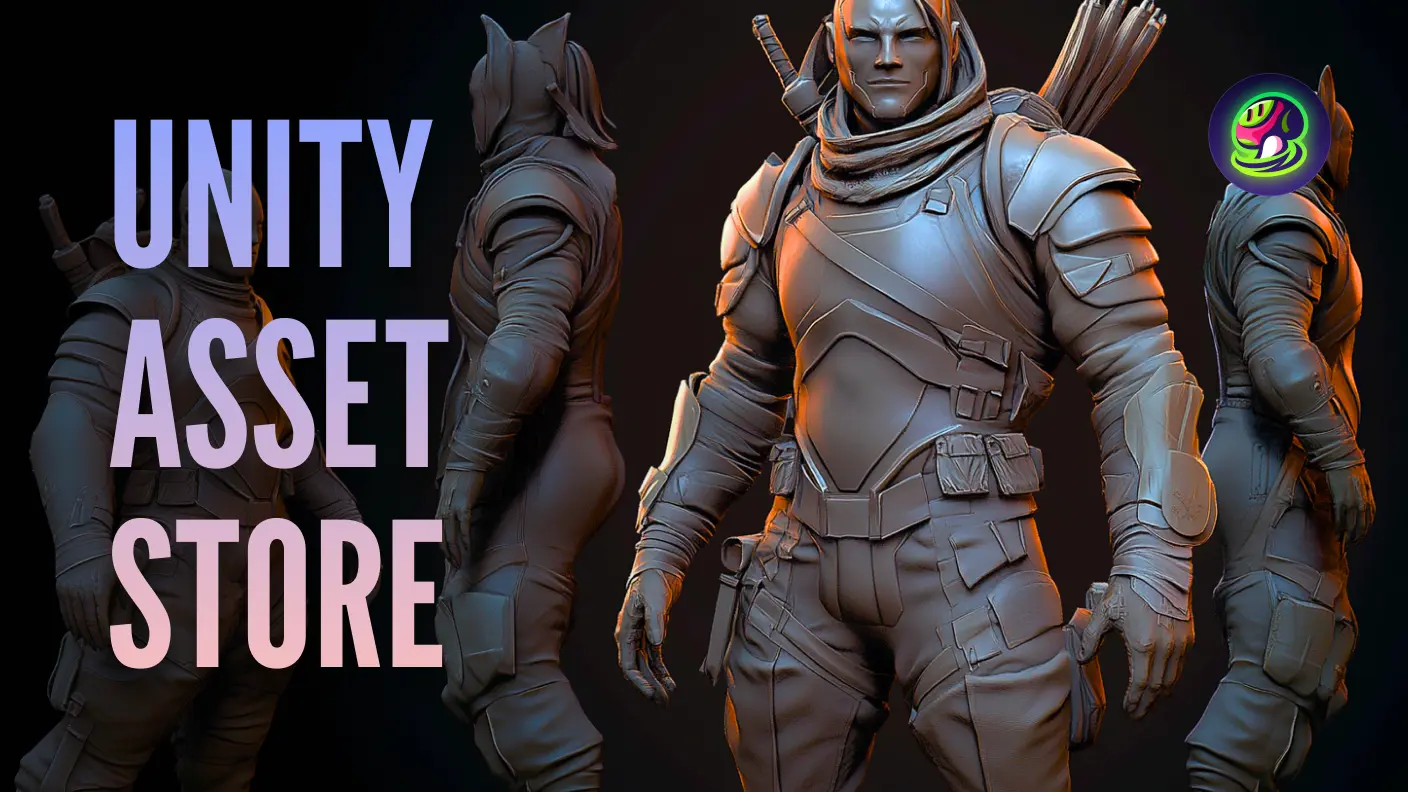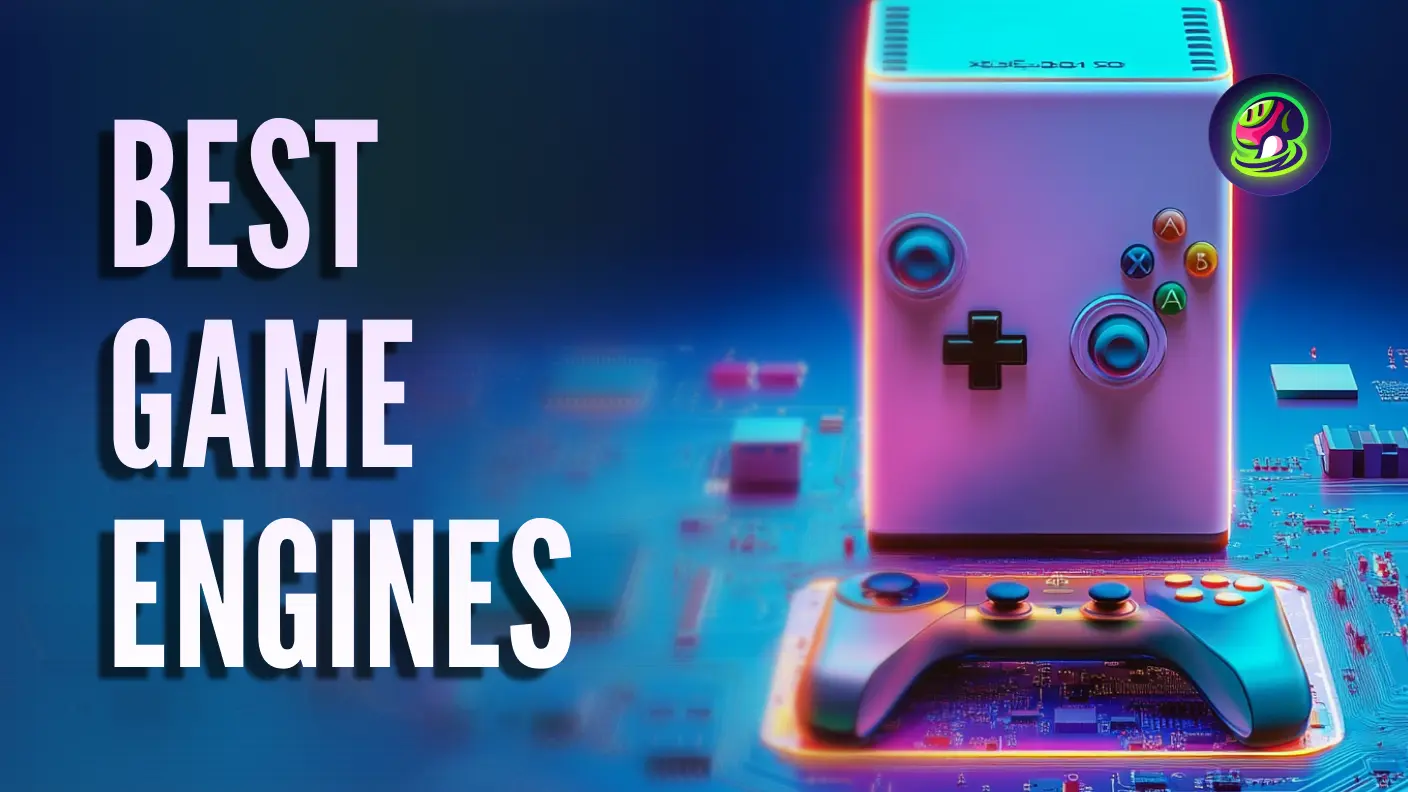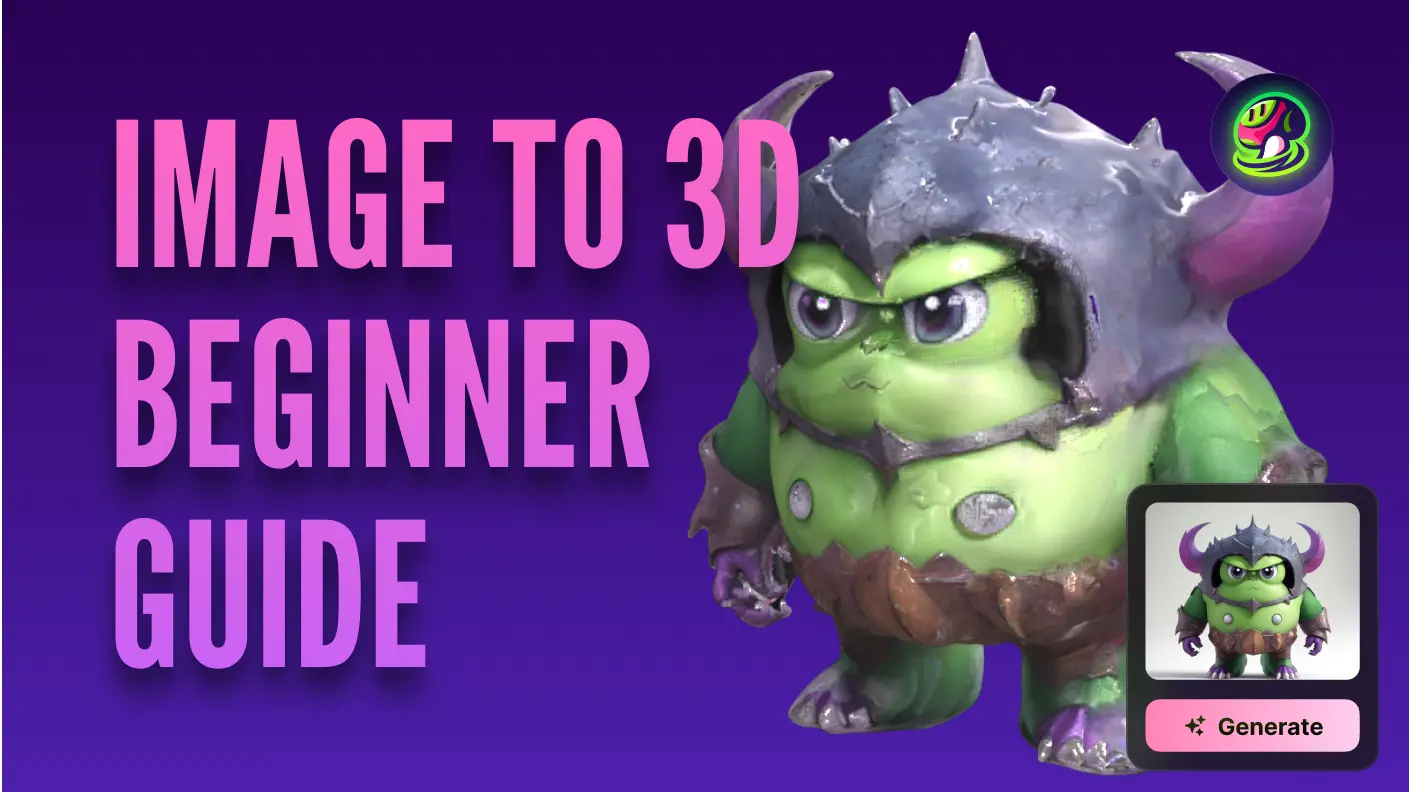Just imagine—you're trapped in the ruins of R'lyeh, deep beneath the ocean. There's no way back. You're forced to press on, battling twisted deep-sea horrors in a desperate search for a way out. But the deeper you go, the more reality unravels. The crushing pressure and ever-present danger cut you off from the surface, as an unspeakable fear slowly takes hold...
Few things in indie horror games are as gripping as diving into the unknown alone—and Remnants of R'lyeh is quickly becoming one of them. This first-person survival horror shooter plunges you into ancient underwater ruins—where every shadow hides a secret, and every choice matters. And it delivers a unique deep-sea horror experience that blends atmospheric tension, psychological dread and immersive storytelling.
What makes this indie horror game stand out from the crowd? To find the answer, we need to hear from the mind behind it. Today, we're diving into the story behind David Zhang——founder of DarkTree Game Studio—to explore the inspiration behind the game, the journey of bringing it to life, and the advice he has for fellow indie developers.
Dive into the deep-sea horror of Remnants of R'lyeh—click here to explore it now on Steam.👇
![]()
Remnants of R'lyeh: Inspired by Lovecraft, Forged in Fear
David describes Remnants of R'lyeh as a first-person survival horror shooter, drawing inspiration from the cosmic horror of H.P. Lovecraft and genre-defining classics like BioShock, Silent Hill, Resident Evil, and Dishonored. He's been fascinated by Lovecraft's brand of cosmic horror since childhood—whether through films or games—and that theme planted the deepest seed in his imagination. Remnants of R'lyeh is both a tribute to that influence and his own interpretation of what true horror can be.
Set deep beneath the ocean's surface, the game invites players to explore, fight, and solve puzzles within a crumbling, perilous underwater city once built by humans—eventually leading them to the long-lost, sunken ruins of R'lyeh itself. Blending survival mechanics with psychological and cosmic horror, the gameplay is crafted to keep players in a constant state of tension, dread, and eerie discovery.
Click here to visit the developer's Epic Games Store page.👇
![]()
The Bottleneck of Indie Horror Game: When Creativity Meets Limited Resources
When it comes to making indie horror games, most developers either turn to asset stores or outsource to professionals—and David was no exception. In the early stages, he said he had little choice but to rely on asset store models. But as development progressed, his standards for model quality and visual style grew higher, and he soon found himself up against the familiar challenges of limited time and budget.
In the past, he primarily relied on asset marketplaces. On rare occasions—when the budget allowed—he would work with freelance 3D artists. But both approaches came with the same problems: they were slow, expensive, and limiting—especially when it came to crafting a distinct atmosphere for a psychological horror world. Even with pre-made models, blending them into a cohesive, atmospheric deep-sea horror setting was no easy task.
"Starting from scratch or relying on asset stores was far less efficient. Both approaches slowed down development and limited the creative freedom I had in designing unique creatures and weapons."
David Zhang
Indie Game Developer
That's when he discovered Meshy through a YouTube video—and it immediately caught his attention. Intrigued by its powerful model generation capabilities, David began using it to create one-of-a-kind 3D assets that were fully aligned with his artistic vision.
AI Modeling: From Idea to Execution in Just a Few Seconds
![]() The weapon model was generated by David using Meshy.
The weapon model was generated by David using Meshy.
After discovering Meshy AI, his entire development workflow changed. What once took days or weeks can now begin with just a few keywords—quickly generating original assets that match the style of his indie horror game.
When he uses Meshy to generate a specific model, he usually starts by brainstorming and coming up with a few strong keywords. Then he feeds them directly into Meshy—something like “steampunk pistol,” “cinematic materials,” or “pipes and gears.”
![]() David used Meshy's 'text to 3D' feature to generate a deep-sea diving robot.
David used Meshy's 'text to 3D' feature to generate a deep-sea diving robot.
That simple input resulted in the main weapon used by the protagonist, which remains one of his favorite Meshy creations to this day. He often imports the generated models into Blender for further cleanup—adjusting textures, optimizing poly counts, and refining details before bringing them into the game engine. Some models, though, are polished enough to be used straight out of the box as background elements or props, with little to no modification.
![]() Generated models are fully compatible with game scenes and ready to use.
Generated models are fully compatible with game scenes and ready to use.
Most importantly, David mentioned that the learning curve was almost nonexistent. Meshy's open and collaborative community made it easy to find inspiration—especially during creative blocks—by browsing models and prompts shared by other users. To him, Meshy is more than a tool—it's what drives and amplifies his creative process.
![]() Meshy offers an open platform for sharing 3D models, where users can showcase their work and find inspiration from others.
Meshy offers an open platform for sharing 3D models, where users can showcase their work and find inspiration from others.
Results and Changes: How AI Tools Accelerate Development and Unlock New Possibilities
For indie developers, limited resources are a constant challenge—budget, time, and manpower often hold creative ideas back. But after incorporating Meshy into his workflow, the developer behind Remnants of R'lyeh has noticed a significant shift. What used to require hours of manual modeling or a hefty budget for professional 3D artists can now be done with just a prompt, unlocking a range of new, imaginative asset styles with ease.
"Meshy has greatly expanded the possibilities for my game, enriching the variety of models and design choices available to me. It's been a huge help in bringing my vision of the game world to life more efficiently and effectively."
David Zhang
Indie Game Developer
This not only means faster development but also allows him to realize his vision of a Lovecraftian deep-sea world more faithfully, staying true to his original ideas.
Using Meshy, he created two of the game's main firearms along with a set of steampunk-style props—metal pillars, chairs, tables, and cabinets. But perhaps the most exciting part is the freedom to explore ideas he might not have tried otherwise—like a mechanical, metallic fish.
![]() Generated a mechanical fish using an optimized prompt.
Generated a mechanical fish using an optimized prompt.
![]() Mechanical fish model can be seamlessly integrated into David's game.
Mechanical fish model can be seamlessly integrated into David's game.
More importantly, this efficient, low-barrier tool has solved key pain points in the production process: a lack of asset diversity, creative bottlenecks, and tight budgets. “Many tasks that would normally require hiring professional 3D artists can now be simplified or handled directly with Meshy,” David said.
In other words, the seamless process from "concept to model to optimization" has given indie developers like him a new level of creative freedom.
Want more details on how to use Meshy? Check out the posts below:
Advice for Other Developers and Looking Ahead: Embracing AI in Game Development
For solo developers and small indie teams, the road to creating a game can be filled with challenges. Budget constraints, time limitations, and lack of manpower often push the creative process to its limits. That's why the developer behind Remnants of R'lyeh highly recommends Meshy to other indie creators, particularly those looking for stylized visuals over ultra-realistic detail. With Meshy, asset creation becomes quicker and more efficient, allowing creators to focus on what truly matters—bringing their unique vision to life.
"I highly recommend Meshy to solo developers and small indie teams, especially those who prioritize stylized visuals over ultra-realistic detail. Meshy can dramatically speed up the development process and streamline asset creation."
David Zhang
Indie Game Developer
For any developer considering diving into AI-powered 3D tools like Meshy, the developer'advice is simple: give it a try. Once you try it, it's hard to stop. The ability to bring creative ideas to something tangible with surprising ease is a powerful tool in the hands of a developer with a vision.
As for the future, Remnants of R'lyeh is on track to be released later this year, marking a bold new chapter in this developer's creative journey. With AI tools like Meshy becoming an essential part of his process, he firmly believes that AI is the future of game development. When used wisely, AI can empower creators to turn their most ambitious ideas into outstanding games.
"I truly believe that AI is the future of game development. When used wisely, it empowers creators and helps turn bold ideas into outstanding games. Meshy has become an essential part of my process, and I'm excited for players around the world to experience the spark that comes from the fusion of AI and indie game development."
David Zhang
Indie Game Developer
In the evolving landscape of indie game development, tools like Meshy are redefining what's possible, allowing developers to break creative boundaries and craft unique, immersive experiences.
Conclusion
In our interview with the game developers from DarkTree Game Studio, we got a deeper understanding of the common challenges small indie game studios face, how they tackle these issues, and the role 3D AI model generation tools play in creating specific 3D assets.
For developers working with a low budget and specific customization needs, Meshy is a fantastic choice. It integrates seamlessly with software like Blender, Unity, and Unreal Engine, allowing users to edit and refine models in third-party software for even better results. Meshy is all about helping developers create unique 3D models, making game development a lot less difficult.


